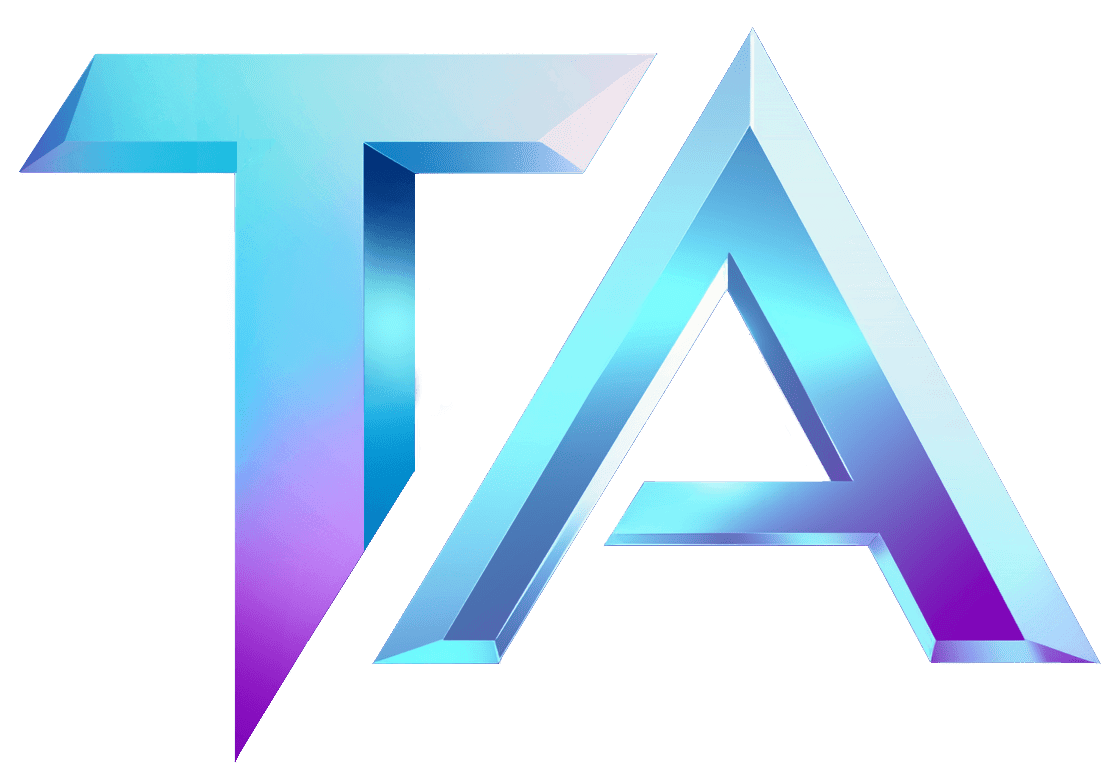Understanding Solana Tokenomics: Titan Analytics Insights

Understanding Solana Tokenomics: Titan Analytics Insights
Navigating the world of crypto can sometimes feel like learning a new language, especially when it comes to tokenomics. Tokenomics is the study of the economic model behind a cryptocurrency, and understanding it is crucial for investors and users. Let’s dive into the tokenomics of Solana, a rapidly growing blockchain network renowned for its high-speed transactions and low fees.
What is Solana?
Solana is a layer-one blockchain designed for high throughput and scalability. It allows decentralized applications (dApps) and crypto projects to operate with enhanced performance. Solana’s architecture is built on a unique proof-of-history (PoH) consensus mechanism, which significantly boosts transaction speeds and overall efficiency.
The Structure of Solana’s Tokenomics
-
SOL Token: The native cryptocurrency of the Solana network is SOL. It plays a pivotal role—it’s used to pay for transaction fees, stake to the network for security, and participate in governance decisions.
-
Supply Dynamics: One key aspect of Solana’s tokenomics is its total supply cap. The initial supply was 500 million SOL tokens, with inflation built into the model. Initially, the inflation rate starts at around 8% and is designed to decrease by 15% each year until it reaches a long-term inflation rate of about 1.5%. This model balances the need for network security and token scarcity.
-
Distribution: The distribution plan for SOL tokens was designed with various allocations:
- Community: Approximately 50% of the tokens were allocated to the community, encouraging widespread adoption and use.
- Investors and Advisors: A portion is distributed to early investors and advisors, attracting talent and capital.
- Foundation: The Solana Foundation receives tokens to fund development and community initiatives, guiding the ecosystem’s growth.
- Staking and Governance: SOL holders can stake their tokens to validate transactions and earn rewards. This staking mechanism not only provides incentives for users but also secures the network, keeping it decentralized and robust. Additionally, with governance features on the horizon, SOL holders will soon have a say in key network decisions.
The Benefits of Solana Tokenomics
- Scalability: Solana’s inflation model allows for a gradual increase in the supply, which helps maintain a healthy network as more users join.
- Low Fees: The efficient structure ensures that transaction costs remain minimal, making it attractive for developers and users.
- Community-Driven: Token distribution and staking encourage community involvement, ensuring that the network develops in a way that meets users’ needs.
Conclusion
Understanding Solana’s tokenomics is vital for anyone looking to engage with the network, whether you’re an investor, developer, or user. With its robust supply structure, staking rewards, and a focus on community, Solana is set to grow while ensuring that it remains a scalable and accessible platform.
If you’re interested in diving deeper into Solana’s data analytics, visit Titan Analytics Solana Data Modules. For questions or collaboration opportunities, feel free to reach out at Titan Analytics Contact Page.
References
By keeping an eye on the evolving tokenomics and utilizing platforms like Titan Analytics, you can navigate the Solana ecosystem with confidence!




